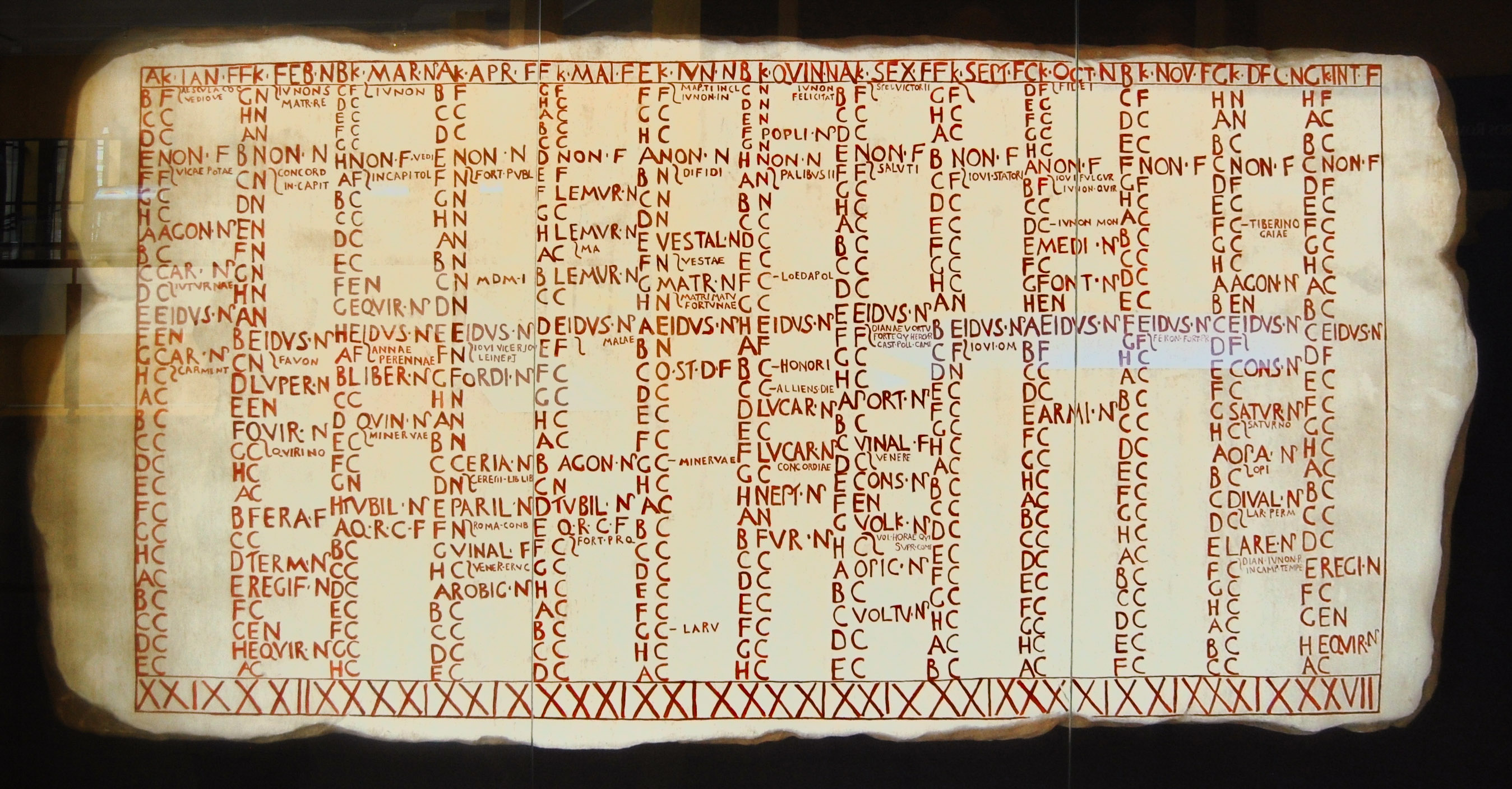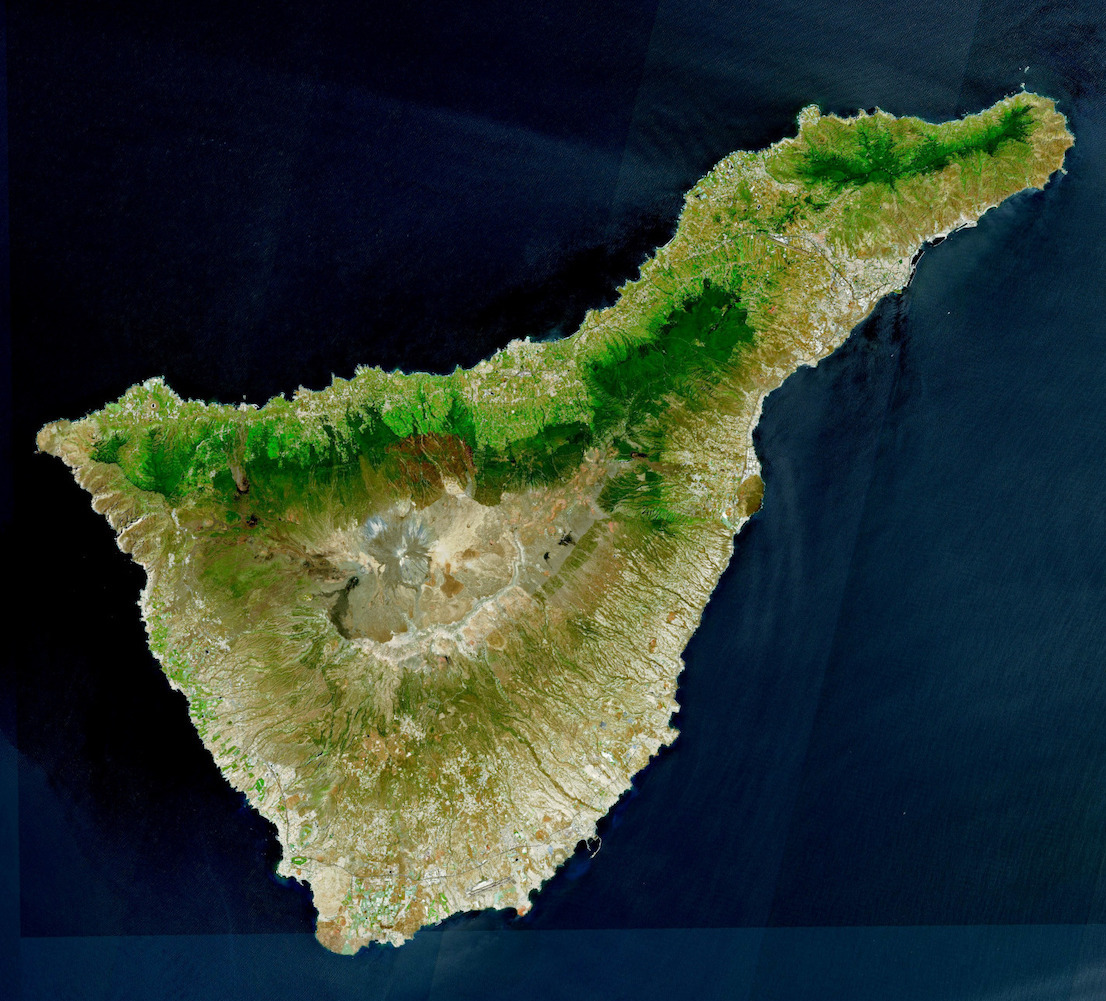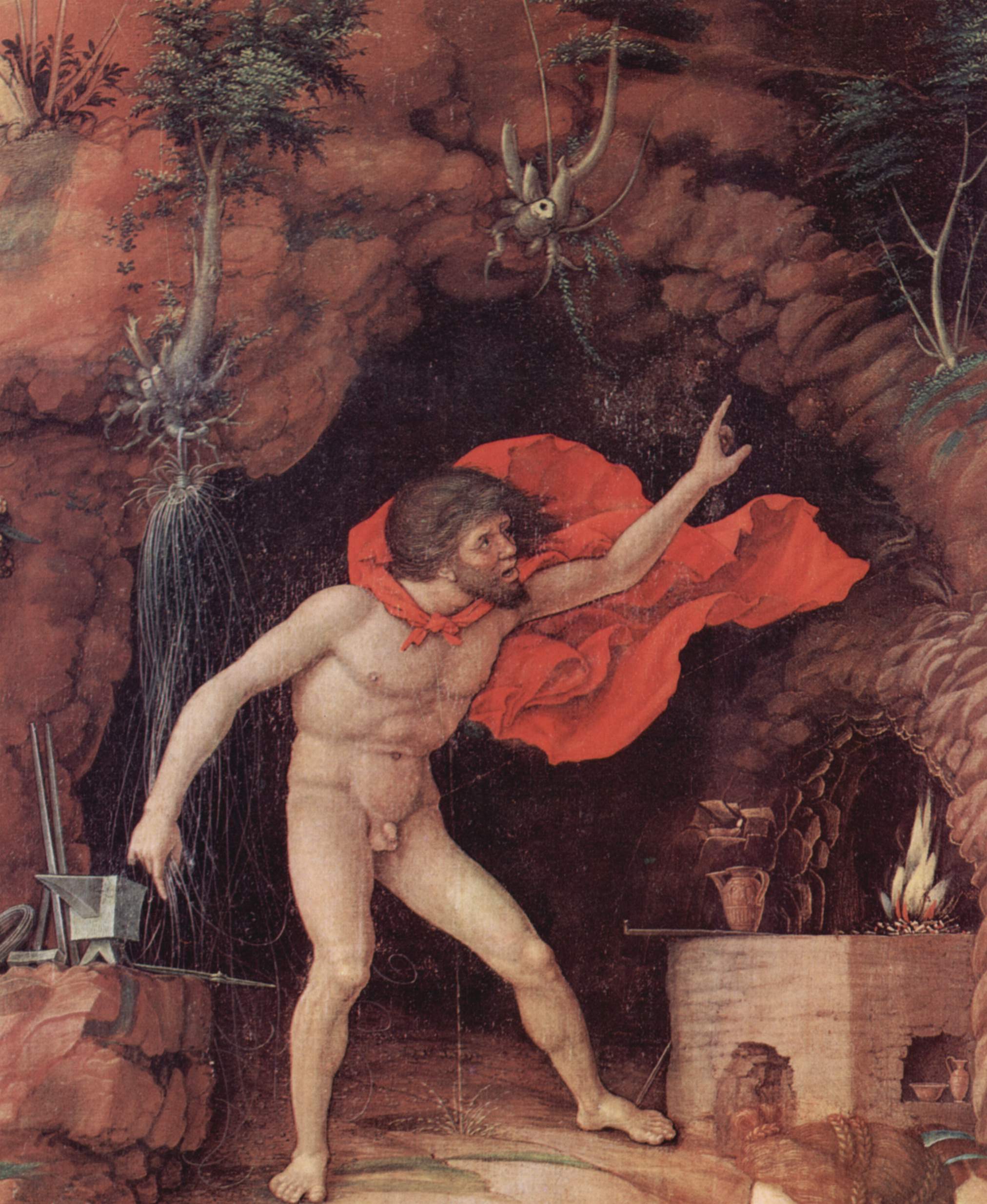|
August
August is the eighth month of the year in the Julian and Gregorian calendars. Its length is 31 days. In the Southern Hemisphere, August is the seasonal equivalent of February in the Northern Hemisphere. In the Northern Hemisphere, August falls in summer. In the Southern Hemisphere, the month falls during winter. In many European countries, August is the holiday month for most workers. Numerous religious holidays occurred during August in ancient Rome. Certain meteor showers take place in August. The Kappa Cygnids occur in August, with yearly dates varying. The Alpha Capricornids meteor shower occurs as early as July 10 and ends around August 10. The Southern Delta Aquariids occur from mid-July to mid-August, with the peak usually around July 28–29. The Perseids, a major meteor shower, typically takes place between July 17 and August 24, with the peak days varying yearly. The star cluster of Messier 30 is best observed around August. Among the aborigines of the Canary ... [...More Info...] [...Related Items...] OR: [Wikipedia] [Google] [Baidu] |
Perseids
The Perseids are a prolific meteor shower associated with the comet Swift–Tuttle that are usually visible from mid-July to late-August. The meteoroid, meteors are called the Perseids because they appear from the general direction of the constellation Perseus (constellation), Perseus and in more modern times have a radiant (meteor shower), radiant bordering on Cassiopeia (constellation), Cassiopeia and Camelopardalis. Etymology The name is derived from the word Perseids (mythology), Perseids (), the sons of Perseus in Greek mythology. Characteristics The stream of debris is called the Perseid cloud and stretches along the orbit of the comet Swift–Tuttle. The cloud consists of particles ejected by the comet as it travels on its 133-year orbit. Most of the particles have been part of the cloud for around a thousand years. However, there is also a relatively young filament of dust in the stream that was pulled off the comet in 1865, which can give an early mini-peak the da ... [...More Info...] [...Related Items...] OR: [Wikipedia] [Google] [Baidu] |
Julian Calendar
The Julian calendar is a solar calendar of 365 days in every year with an additional leap day every fourth year (without exception). The Julian calendar is still used as a religious calendar in parts of the Eastern Orthodox Church and in parts of Oriental Orthodox Churches, Oriental Orthodoxy as well as by the Amazigh, Amazigh people (also known as the Berbers). The Julian calendar was proposed in 46 BC by (and takes its name from) Julius Caesar, as a reform of the earlier Roman calendar, which was largely a lunisolar calendar, lunisolar one. It took effect on , by his edict. Caesar's calendar became the predominant calendar in the Roman Empire and subsequently most of the Western world for more than 1,600 years, until 1582 when Pope Gregory XIII promulgated a revised calendar. Ancient Romans typically designated years by the names of ruling consuls; the ''Anno Domini'' system of numbering years was not devised until 525, and became widespread in Europe in the eighth cent ... [...More Info...] [...Related Items...] OR: [Wikipedia] [Google] [Baidu] |
Sextilis
Sextilis () or ''mensis Sextilis'' was the Latin name for what was originally the sixth month in the Roman calendar The Roman calendar was the calendar used by the Roman Kingdom and Roman Republic. Although the term is primarily used for Rome's pre-Julian calendars, it is often used inclusively of the Julian calendar established by Julius Caesar in 46&nbs ..., when March ('' Martius'', " Mars' month") was the first of ten months in the year. After the calendar reform that produced a twelve-month year, Sextilis became the eighth month, but retained its name. It was renamed ''Augustus'' ( August) in 8 BC in honor of the first Roman emperor, Augustus. Sextilis followed Quinctilis, which was renamed ''Julius'' (July) after Julius Caesar, and preceded September (Roman month), September (from ''septem'', "seven"), which was originally the seventh month. The month ''Augustus'' ''Quintilis, Julius'' (July) was renamed from ''Quintilis'' ("fifth" month) in honor of Julius Ca ... [...More Info...] [...Related Items...] OR: [Wikipedia] [Google] [Baidu] |
Julius Caesar
Gaius Julius Caesar (12 or 13 July 100 BC – 15 March 44 BC) was a Roman general and statesman. A member of the First Triumvirate, Caesar led the Roman armies in the Gallic Wars before defeating his political rival Pompey in Caesar's civil war, a civil war. He subsequently became Roman dictator, dictator from 49 BC until Assassination of Julius Caesar, his assassination in 44 BC. Caesar played a critical role in Crisis of the Roman Republic, the events that led to the demise of the Roman Republic and the rise of the Roman Empire. In 60 BC, Caesar, Marcus Licinius Crassus, Crassus, and Pompey formed the First Triumvirate, an informal political alliance that dominated Roman politics for several years. Their attempts to amass political power were opposed by many in the Roman Senate, Senate, among them Cato the Younger with the private support of Cicero. Caesar rose to become one of the most powerful politicians in the Roman Republic through a string of military victories in the G ... [...More Info...] [...Related Items...] OR: [Wikipedia] [Google] [Baidu] |
Roman Calendar
The Roman calendar was the calendar used by the Roman Kingdom and Roman Republic. Although the term is primarily used for Rome's pre-Julian calendars, it is often used inclusively of the Julian calendar established by Julius Caesar in 46 BC. According to most Roman accounts, #Romulus, their original calendar was established by their Roman legend, legendary list of kings of Rome, first king Romulus. It consisted of ten months, beginning in spring with March and leaving winter as an unassigned span of days before the next year. These months each had 30 or 31 days and ran for 38 nundinal cycles, each forming a kind of eight-day weeknine days inclusive counting, counted inclusively in the Roman mannerand ending with religious rituals and a Roman commerce, public market. This fixed calendar bore traces of its origin as an observational calendar, observational lunar calendar, lunar one. In particular, the most important days of each monthits kalends, nones (calendar), nones, a ... [...More Info...] [...Related Items...] OR: [Wikipedia] [Google] [Baidu] |
Kappa Cygnids
Kappa Cygnids, abbreviated KCG and IAU shower number 12, was an episodic meteor shower that took place from June to September, peaking around August 13, along with the larger Perseids meteor shower. The radiant of the shower emerged from the antihelion source in late June and moves upwards to Cygnus in July. In early August, the radiant is just west of the star Vega and elongated in a north-south direction. The shower then turns a corner and moves to the east in late August. The Kappa Cygnids are named for the position of the radiant at the peak of the shower, where the meteor shower will appear to line up in sky by the constellation Cygnus and the star A star is a luminous spheroid of plasma (physics), plasma held together by Self-gravitation, self-gravity. The List of nearest stars and brown dwarfs, nearest star to Earth is the Sun. Many other stars are visible to the naked eye at night sk ... Kappa Cygni. The Kappa Cygnids are unusual in that they are absent in m ... [...More Info...] [...Related Items...] OR: [Wikipedia] [Google] [Baidu] |
Tenerife
Tenerife ( ; ; formerly spelled ''Teneriffe'') is the largest and most populous island of the Canary Islands, an Autonomous communities of Spain, autonomous community of Spain. With a land area of and a population of 965,575 inhabitants as of April 2025, it is the most populous island in Spain and the entire Macaronesia region. Tenerife is also home to 42.7% of the total population of the archipelago. More than seven million tourists (7,384,707 in 2024) visit Tenerife each year, making it by far the most visited island in the archipelago. It is one of the most important tourist destinations in Spain and the world, hosting one of the world's largest carnivals, the Carnival of Santa Cruz de Tenerife. The capital of the island, , is also the seat of the island council (). That city and are the co-capitals of the Autonomous communities of Spain, autonomous community of the Canary Islands. The two cities are both home to governmental institutions, such as the offices of the preside ... [...More Info...] [...Related Items...] OR: [Wikipedia] [Google] [Baidu] |
Vulcan (mythology)
Vulcan (, in archaically retained spelling also ''Volcanus'', both pronounced ) is the god of fire including the fire of volcanoes, deserts, metalworking and the forge in ancient Roman religion and Roman mythology, myth. He is often depicted with a blacksmith's hammer. The Vulcanalia was the annual Roman festival, festival held August 23 in his honor. His interpretatio graeca, Greek counterpart is Hephaestus, the god of fire and smithery. In Etruscan religion, he is identified with Sethlans (mythology), Sethlans. Vulcan belongs to the most ancient stage of Roman religion: Varro, the ancient Roman scholar and writer, citing the Annales Maximi, records that king Titus Tatius dedicated altars to a series of deities including Vulcan. Etymology The origin of the name is unclear. Roman tradition maintained that it was related to Latin words connected to lightning (), which in turn was thought of as related to flames. This interpretation is supported by Walter William Skeat in his et ... [...More Info...] [...Related Items...] OR: [Wikipedia] [Google] [Baidu] |
Gregorian Calendar
The Gregorian calendar is the calendar used in most parts of the world. It went into effect in October 1582 following the papal bull issued by Pope Gregory XIII, which introduced it as a modification of, and replacement for, the Julian calendar. The principal change was to space leap years slightly differently to make the average calendar year 365.2425 days long rather than the Julian calendar's 365.25 days, thus more closely approximating the 365.2422-day tropical year, "tropical" or "solar" year that is determined by the Earth's revolution around the Sun. The rule for leap years is that every year divisible by four is a leap year, except for years that are divisible by 100, except in turn for years also divisible by 400. For example 1800 and 1900 were not leap years, but 2000 was. There were two reasons to establish the Gregorian calendar. First, the Julian calendar was based on the estimate that the average solar year is exactly 365.25 days long, an overestimate of a li ... [...More Info...] [...Related Items...] OR: [Wikipedia] [Google] [Baidu] |
Latin
Latin ( or ) is a classical language belonging to the Italic languages, Italic branch of the Indo-European languages. Latin was originally spoken by the Latins (Italic tribe), Latins in Latium (now known as Lazio), the lower Tiber area around Rome, Italy. Through the expansion of the Roman Republic, it became the dominant language in the Italian Peninsula and subsequently throughout the Roman Empire. It has greatly influenced many languages, Latin influence in English, including English, having contributed List of Latin words with English derivatives, many words to the English lexicon, particularly after the Christianity in Anglo-Saxon England, Christianization of the Anglo-Saxons and the Norman Conquest. Latin Root (linguistics), roots appear frequently in the technical vocabulary used by fields such as theology, List of Latin and Greek words commonly used in systematic names, the sciences, List of medical roots, suffixes and prefixes, medicine, and List of Latin legal terms ... [...More Info...] [...Related Items...] OR: [Wikipedia] [Google] [Baidu] |
Nemoralia
The Nemoralia (also known as the Festival of Torches or Hecatean Ides) is a three-day festival originally celebrated by the ancient Romans on the Ides of August (August 13–15) in honor of the goddess Diana. Although the Nemoralia was originally celebrated at the Sanctuary of Diana at Lake Nemi, it soon became more widely celebrated. The Catholic Church may have adapted the Nemoralia as the Feast of the Assumption. History A festival to Diana was held yearly at her Shrine at Lake Nemi near Ariccia on the Ides of August, a date which coincides with the traditional founding date celebrated at Aricia. The origins of the festival probably pre-date the spread of Diana's worship to Rome in the 3rd century BCE, and may extend to the 6th century BCE or earlier.Gordon, A.E. (1932). "On the Origin of Diana", ''Transactions and Proceedings of the American Philological Association'' 63 (1932, pp. 177-192) p 178. Records from the 1st century BCE describe worshipers traveling to the sanctu ... [...More Info...] [...Related Items...] OR: [Wikipedia] [Google] [Baidu] |
Meteor Shower
A meteor shower is a celestial event in which a number of meteors are observed to radiate, or originate, from one point in the night sky. These meteors are caused by streams of cosmic debris called meteoroids entering Earth's atmosphere at extremely high speeds on parallel trajectories. Most meteors are smaller than a grain of sand, so almost all of them disintegrate and never hit the Earth's surface. Very intense or unusual meteor showers are known as meteor outbursts and meteor storms, which produce at least 1,000 meteors an hour, most notably from the Leonids. The Meteor Data Centre lists over 900 suspected meteor showers of which about 100 are well established. Several organizations point to viewing opportunities on the Internet. NASA maintains a daily map of active meteor showers. Historical developments A meteor shower in August 1583 was recorded in the Timbuktu manuscripts.Abraham, Curtis"Stars of the Sahara" ''New Scientist'', issue 2617,15 August 2007, page 39–41 I ... [...More Info...] [...Related Items...] OR: [Wikipedia] [Google] [Baidu] |









